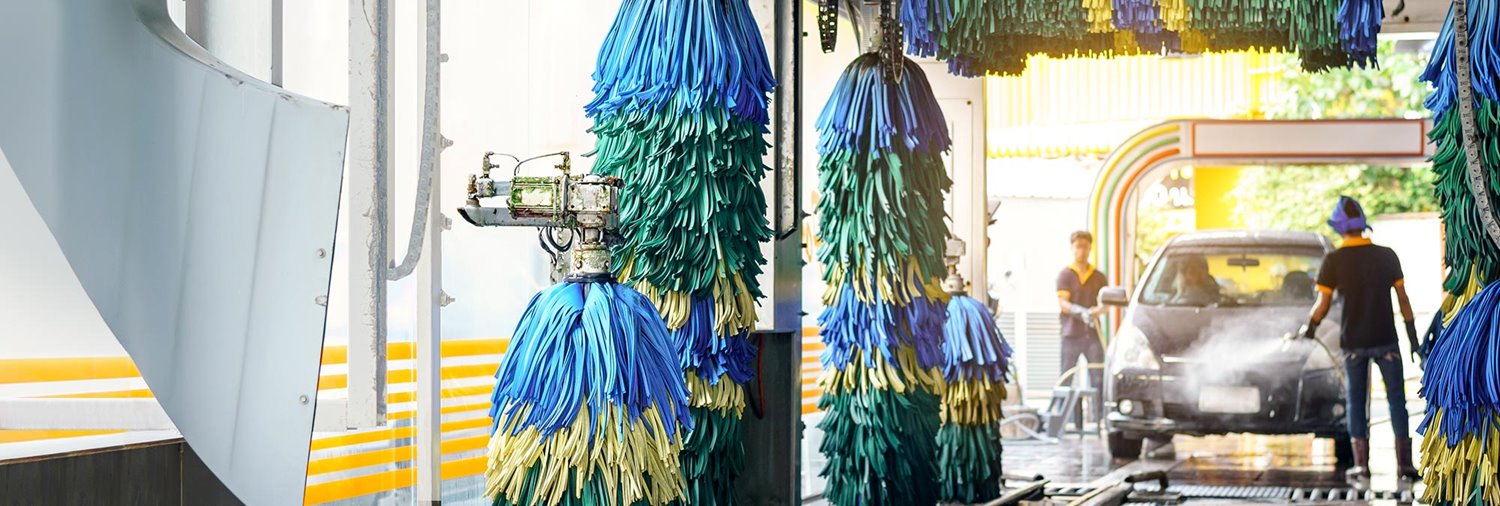Learning Library


Blog Post
December 11, 2025
Patheon and Beacon work together to make membership management simple and seamless.

Webinar
November 11, 2025
A deep dive into how DRB’s data intelligence helps car wash operators reduce churn and optimize memberships.

Webinar
Webinar: Loyalty, Speed and Predictable Revenue - Fueled By Washify
October 1, 2025
In-Bay operators face unique challenges: unpredictable income, limited staffing, and slow throughput. Washify was built to solve these problems, de
Read more
Webinar
Webinar: From Spooky to Sparkly: Holiday Campaigns That Work
September 11, 2025
In this webinar, the Suds team for a fresh take on holiday promotions, where we’ll break down three proven campaigns and how to make...
Read more
Webinar
Webinar: Better Results Start Here: Why Operators are Moving to Patheon
August 29, 2025
In this session, we’ll walk you through: What’s changing in the industry and why SiteWatch users are upgrading to Patheon. The real...<
Read more
Webinar
Webinar: Want to Grow? Forget Legacy POS Technology, It’s Time for End-to-End Customer Engagement
July 25, 2025
We break down practical strategies and tools that help car wash operators connect the dots: attracting more retail customers, growing memberships,
Read more
Webinar
Retail Gold – Why Retail Customers Are Vital to Your Car Wash and How to Keep Them Coming Back
June 27, 2025
Monthly wash plan members matter—but don’t overlook Proxy Members. Discover who they are and how maximize this powerful revenue source.
Read more
Blog Post
Beyond Recurring Revenue: Building VIP Experiences That Drive Member Loyalty
June 23, 2025
Beyond recurring revenue, today's monthly wash programs must build lasting customer relationships that can withstand tough competition.
Read more
